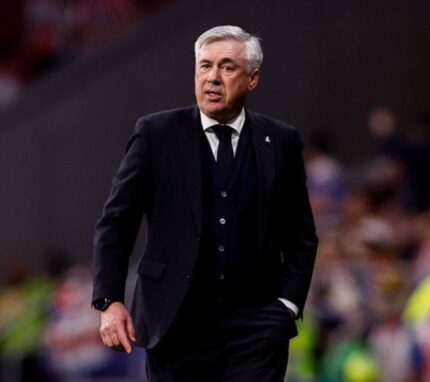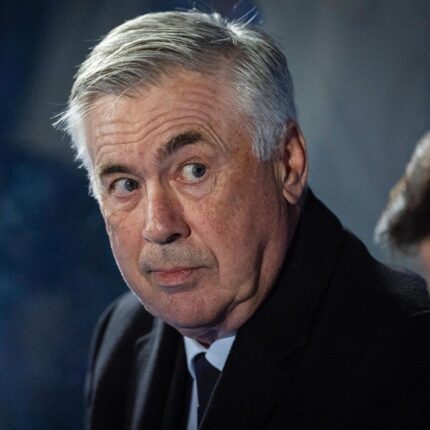The 2025 edition of the FIFA Club World Cup kicks off on June 14 in the United States and runs until July 13. This revamped tournament is the biggest version yet, featuring 32 teams from six continents, all vying to be crowned champions in New Jersey next month. The Opitanglobamedia Football breaks down how the new competition works — from structure and scheduling to squad rules and suspensions.
Global Representation: Who’s Playing and Where They’re From
The 2025 Club World Cup marks a dramatic expansion of the tournament from previous editions. Thirty-two clubs have qualified from across FIFA’s six continental confederations: 12 from UEFA (Europe), six from CONMEBOL (South America), five from Concacaf (North America), four each from the AFC (Asia) and CAF (Africa), and one from the OFC (Oceania).
This diverse field spans 20 countries, offering a rich global mix of footballing styles and talent. Brazil leads the pack in terms of club representation, with four teams — Botafogo, Flamengo, Fluminense, and Palmeiras — earning qualification. The United States, as host nation, features three teams: Inter Miami, Los Angeles FC, and Seattle Sounders. No other country has more than two teams in the club world cup competition, emphasizing the dominance of these footballing nations in their respective regions.
The tournament offers a unique opportunity for clubs outside of Europe and South America to measure themselves against the game’s traditional powerhouses. It also provides fans with a rare chance to see global matchups that are unlikely to occur in any other setting.
Tournament Format: Groups, Knockouts and Tiebreakers
The 32 teams are divided into eight groups of four. In the group stage, each team plays the other three in a round-robin format. A win earns three points, a draw one point, and a loss none. The top two teams from each group advance to the Round of 16, while the bottom two are eliminated.
Tiebreakers in the group stage prioritize head-to-head results over goal difference. If teams are tied on points, the ranking is first determined by the number of points obtained in the matches between the tied teams. If still level, additional criteria — including goal difference in those matches, overall goal difference, and finally, drawing of lots — will be used to break the tie.
The knockout phase begins with the Round of 16 and continues through to the final. All knockout matches are one-off encounters. If the game is tied after 90 minutes, 30 minutes of extra time will be played. If still level, a penalty shootout will determine the winner. Notably, there will be no third-place play-off in this edition.
Fixture Schedule and Knockout Bracket Structure
The 2025 Club World Cup is compact and tightly scheduled over four weeks:
Group Stage: June 14–26
Round of 16: June 28–July 1
Quarter-finals: July 4–5
Semi-finals: July 8–9
Final: July 13
The knockout bracket is formed by pairing group winners with runners-up from different groups: Group A winner vs Group B runner-up, Group B winner vs Group A runner-up, and so forth. This ensures a fair and balanced path toward the final while avoiding early rematches from the group stage.
From the quarter-finals onward, the path is straightforward — each winner advances to the next round within their half of the bracket until two finalists emerge. From the semi-finals, teams can face opponents from any confederation or country, adding to the unpredictability of the tournament’s closing stages.
Match Rules, Substitutions, Suspensions, and Squad Regulations
Each club can register between 26 and 35 players for the tournament, with a minimum of three goalkeepers. Given the timing of the competition relative to the European football calendar, FIFA has introduced a mid-tournament squad window from June 27 to July 3. During this period, clubs can make up to six changes and add two new players — potentially increasing the squad to 37 players for the knockout stages.
Matchday squads are limited to 26 players (11 starters and 15 substitutes). Each team can make five in-game substitutions, with a sixth allowed during extra time. An additional substitution is permitted in the case of a concussion, per FIFA’s latest safety guidelines.
Suspension rules are stringent. A player receiving two yellow cards before the semi-finals will miss the next game. However, all yellow cards are wiped clean before the semi-finals. Red cards result in automatic suspension for the following match and possibly more if the FIFA Disciplinary Committee deems the offense severe.
Confederation and National Clashes: Who Can Face Whom?
During the group stage, clubs from the same country or non-European confederation cannot be drawn together, with the exception of UEFA teams. As a result, four groups feature all-European duels:
Paris Saint-Germain vs Atletico Madrid
Benfica vs Bayern Munich
Juventus vs Manchester City
Red Bull Salzburg vs Real Madrid
However, from the Round of 16 onwards, these restrictions are lifted. Clubs may face others from their own country or confederation, paving the way for potential high-profile domestic or continental rematches deeper in the competition.
Looking Ahead: The Club World Cup’s Future
The 2025 edition marks the beginning of a new era for the Club World Cup, one that mirrors the expanded format of the FIFA World Cup itself. Going forward, the Club World Cup will be held every four years, with the next edition scheduled for 2029. FIFA has yet to announce the host nation for that next Club would Cup tournament.
This expanded format aims to globalize club football further, offering elite teams from around the world the chance to compete on a grand stage. For now, all eyes turn to the U.S. this summer, where the world’s top clubs will battle for global supremacy.














